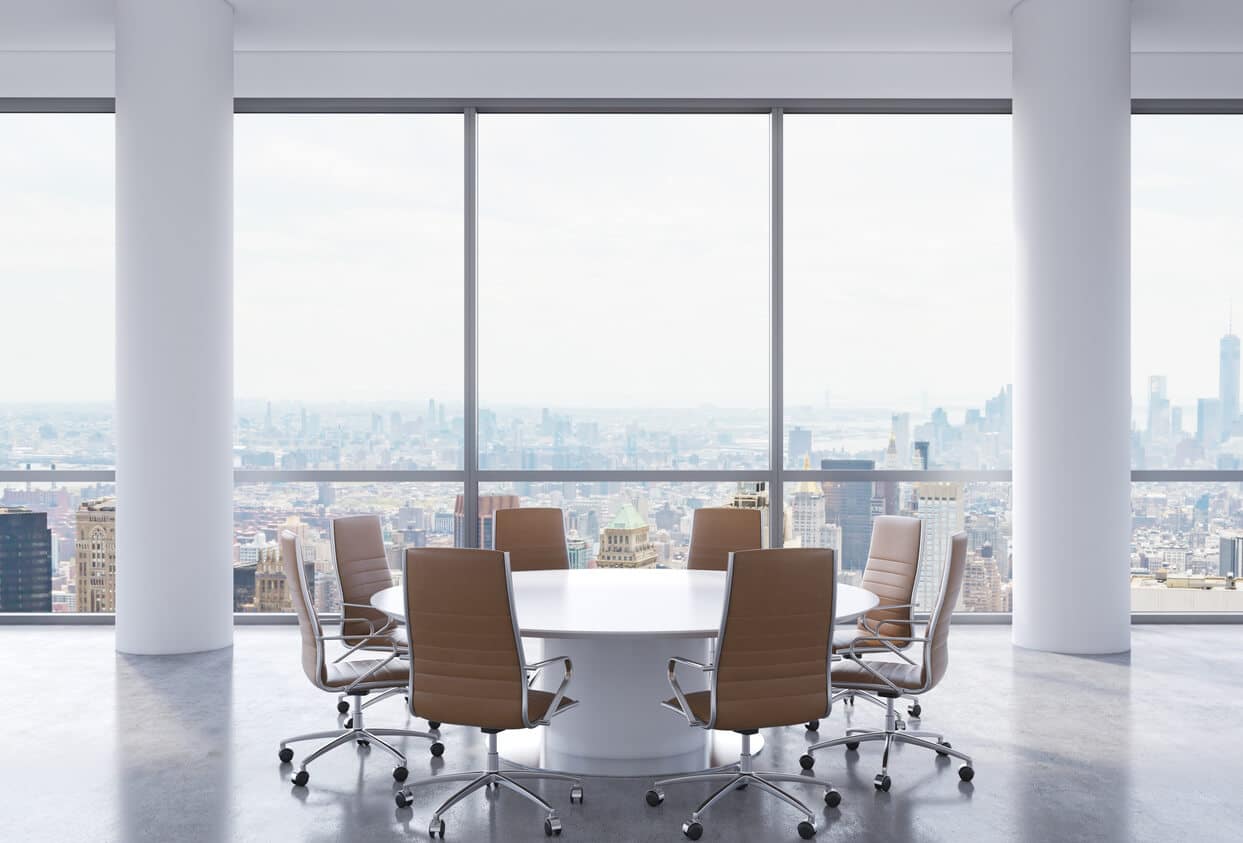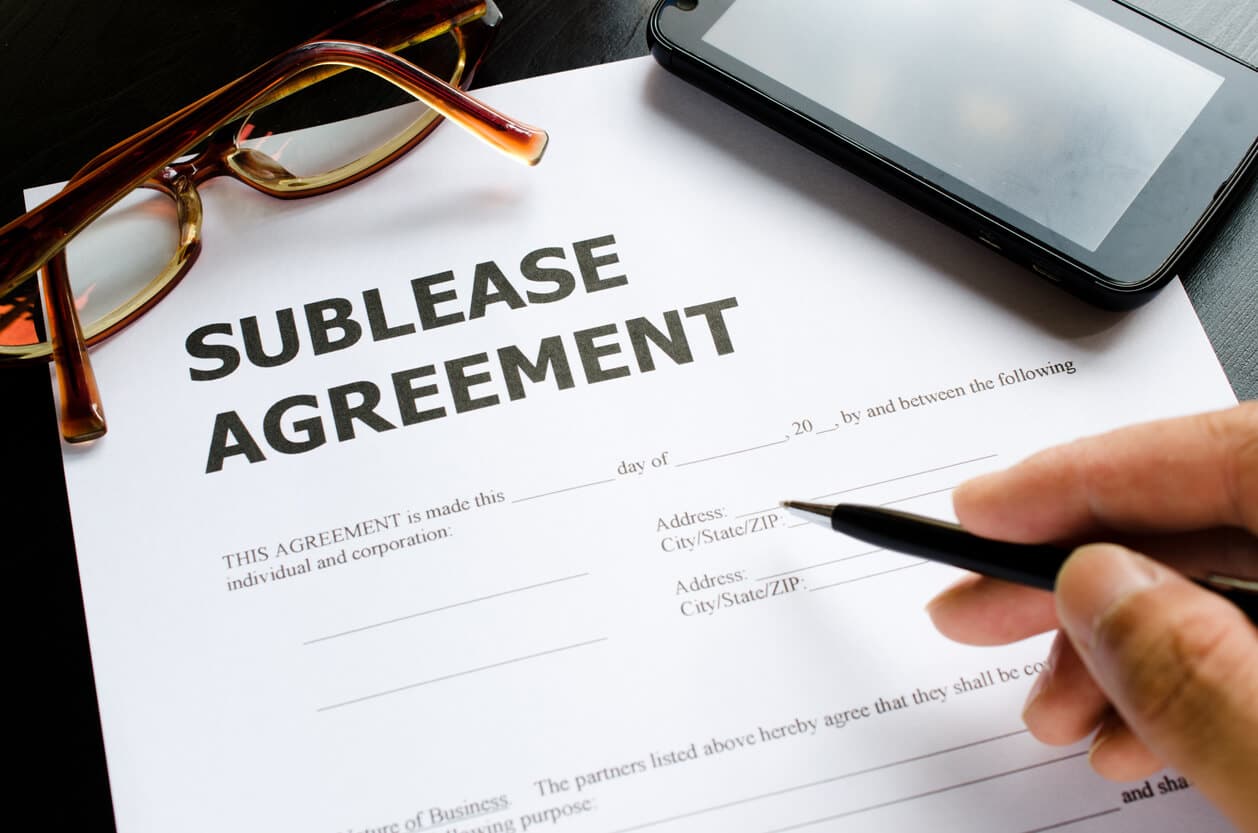Sublet Office Space in New York City
Find the right property, avoid hidden costs, and negotiate favorable terms.
Find the right property, avoid hidden costs, and negotiate favorable terms.

Are you considering subletting a commercial property in the heart of NYC? Whether you’re a startup searching for your first office, a growing enterprise seeking additional space, or needing a strategic relocation, subletting presents a financially savvy option.
You’ll find abundant opportunities in the New York City commercial real estate market. Whether you’re eyeing an office, loft, showroom, medical, or retail space, you’ll find plenty of options below-market rates. It’s a scene where both large and small tenants are eager to strike deals with attractive terms, especially when they must leave their space early. This situation helps reduce your rental costs significantly and creates a win-win for everyone involved. And if you’re planning to sublease your own space, the market’s surprisingly robust, offering a great platform to connect with the right tenant.
So, without further ado, let’s explore the ins and outs of subletting commercial space in New York City.
Subletting in New York City can be a smart move for your business, but it’s important to know what to look for to ensure a smooth experience. Here are five key factors to consider when scouting for that perfect sublet space:

Subletting office space in New York City has potential but unique challenges. Here’s what you need to watch out for:
If you want to sublet commercial space in NYC, you must know what to look for. Here are five key points to consider before you take the plunge:

Since 2004, our team has represented hundreds of tenants in subletting or subleasing space. Contact us at (212) 444-2241 for any questions.
Sublessors often make their existing furniture available when you sublet their space. The existing wiring or router can remain in place, making sublease spaces an easy “Plug & Play” opportunity.
Yes, sublease rents for spaces are usually 20-40% less than those for direct space. Yet while subleases can offer great value, remember you need to take sublease spaces close to “as-is” condition, with the sublessors only making cosmetic improvements such as paint and carpet.
Usually not. Sublessors typically offer limited work, including cosmetic improvements like paint and carpet. So, the layout of a sublease space must be efficient because it will stay the same.
It is very important to check the financial health of the sublessor before signing your sublease. That’s because a major risk of subleasing space is that the sublessor defaults and gets evicted. In this scenario, you would likely lose your security deposit and need to leave your space. However, in this scenario, you could potentially negotiate a direct lease with the landlord.
















Accessibility Tools